When it comes to herbs, tarragon is one of those hidden gems that often gets overlooked but has the power to transform any dish into something truly special. Whether you're a seasoned chef or a home cook with a passion for flavor, tarragon leaves are a must-have in your kitchen. This article will take you on a journey through the world of tarragon, from its history and flavor profile to how to use it in your cooking. Along the way, we'll also share some practical tips and a detailed buying guide so you can make the most of this aromatic herb.
Table of Contents
- What Are Tarragon Leaves?
- Flavor Profile of Tarragon Leaves
- How to Use Tarragon Leaves
- Practical Tips for Working With Tarragon Leaves
- Buying Guide for Tarragon Leaves
- Frequently Asked Questions
- Conclusion
What Are Tarragon Leaves?
Tarragon leaves are a fragrant herb that belongs to the sunflower family (Asteraceae). It's native to Eurasia and has been used for centuries in both culinary and medicinal contexts. There are two main types of tarragon: French tarragon and Russian tarragon. While they look similar, French tarragon is considered the superior variety for cooking due to its more delicate and sweet flavor. Russian tarragon, on the other hand, tends to be more bitter and is often used for ornamental purposes or as a substitute when French tarragon isn't available.
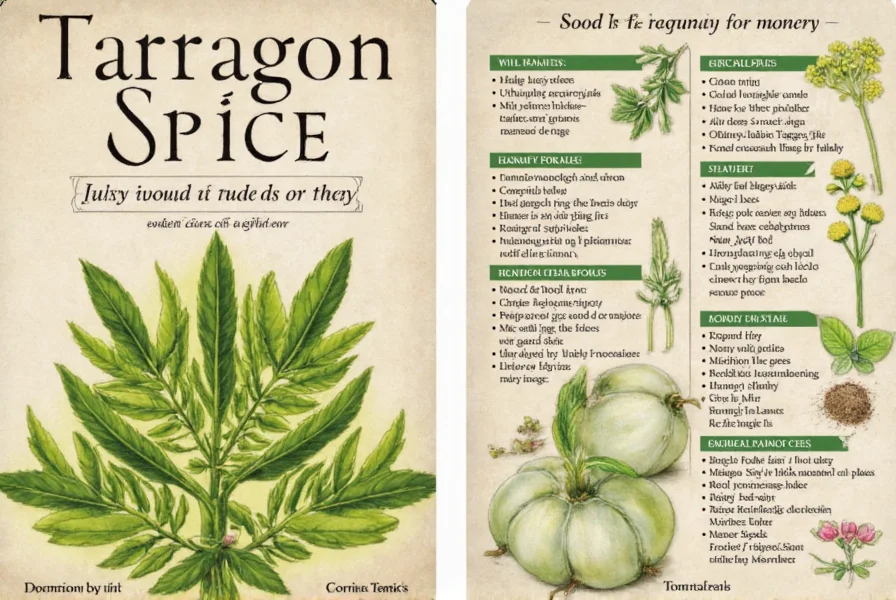
The leaves of the tarragon plant are long, narrow, and have a slightly serrated edge. They're typically dark green and emit a subtle anise-like aroma—think of a mix between licorice and fennel. The leaves are usually harvested just before the plant flowers, as this is when their flavor is at its peak.
In addition to being used in cooking, tarragon has a rich history in traditional medicine. Ancient Greeks and Romans used it to treat digestive issues, while medieval herbalists believed it could cure everything from headaches to snakebites. Today, it's still valued for its potential health benefits, including aiding digestion and promoting heart health.
Flavor Profile of Tarragon Leaves
If you've ever tasted tarragon, you know it's not your typical herb. Its flavor is complex and nuanced, with hints of sweetness, spice, and a slight bitterness. The primary note is a mild anise or licorice-like flavor, which gives it a unique and sophisticated taste. But unlike strong spices like cumin or cinnamon, tarragon's flavor is more subtle and refined, making it perfect for dishes where you want to enhance rather than overpower the other ingredients.
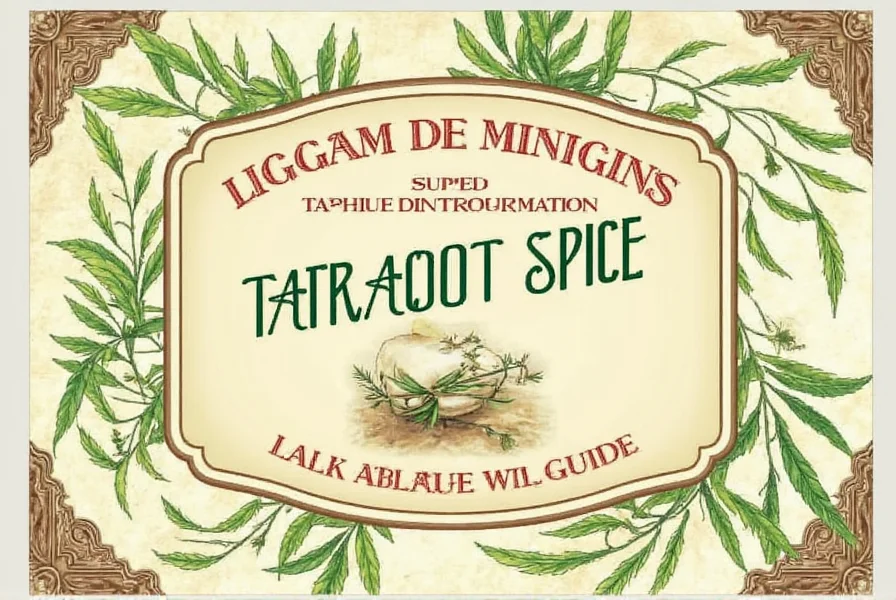
One of the reasons tarragon is so popular in French cuisine is because of its ability to elevate simple dishes. It pairs well with creamy sauces, chicken, fish, eggs, and even salads. It also works beautifully in vinaigrettes, where its anise notes add a refreshing and aromatic quality.
It's important to note that tarragon should be used sparingly, especially if you're new to it. A little goes a long way, and overusing it can result in a strong, almost medicinal taste. If you're unsure, start with a small amount and adjust according to your preference.
How to Use Tarragon Leaves
Now that you understand what tarragon is and what it tastes like, let's talk about how to use it in your cooking. Tarragon is incredibly versatile, and its uses go beyond just adding flavor—it can also add visual appeal and fragrance to your dishes.
1. In Salads
Add a few fresh tarragon leaves to your favorite salad for a burst of freshness and aroma. It pairs particularly well with greens, tomatoes, cucumbers, and hard-boiled eggs. You can also toss it into a vinaigrette for extra depth of flavor.
2. In Sauces
One of the most famous uses of tarragon is in béarnaise sauce—a classic French sauce made with butter, egg yolks, white wine, and vinegar. Tarragon adds a subtle, aromatic quality that makes the sauce stand out. You can also use it in other creamy sauces, such as those served with chicken or fish.
3. In Poultry and Seafood Dishes
Tarragon is a natural companion to poultry and seafood. Try adding it to a marinade for chicken or using it as a seasoning for grilled salmon. It complements the richness of these proteins and brings out their natural flavors.
4. In Egg Dishes
Eggs are a great canvas for tarragon. Add it to omelets, frittatas, or scrambled eggs for a touch of sophistication. It also works well in deviled eggs, where it adds a nice contrast to the creamy filling.
5. In Beverages
Believe it or not, tarragon can also be used in drinks! Infuse it into syrups for cocktails, or brew it into tea for a calming and aromatic beverage. It pairs well with citrus, mint, and honey.
Practical Tips for Working With Tarragon Leaves
Here are some helpful tips to keep in mind when working with tarragon:
- Use fresh over dried: Fresh tarragon leaves have a more vibrant flavor than dried ones. If possible, opt for fresh tarragon whenever you can.
- Store properly: To keep fresh tarragon leaves at their best, store them in a damp paper towel inside a plastic bag in the refrigerator. They should last for up to a week.
- Chop or bruise the leaves: Tarragon's flavor is more pronounced when the leaves are chopped or lightly bruised. This helps release the essential oils that give it its distinct aroma.
- Don't overcook: Tarragon is delicate and can lose its flavor quickly when exposed to high heat. Add it toward the end of the cooking process or use it as a garnish.
- Pair wisely: Tarragon pairs well with garlic, lemon, butter, cream, and shallots. Avoid using it with strongly flavored ingredients like chili or soy sauce, as it may get lost.
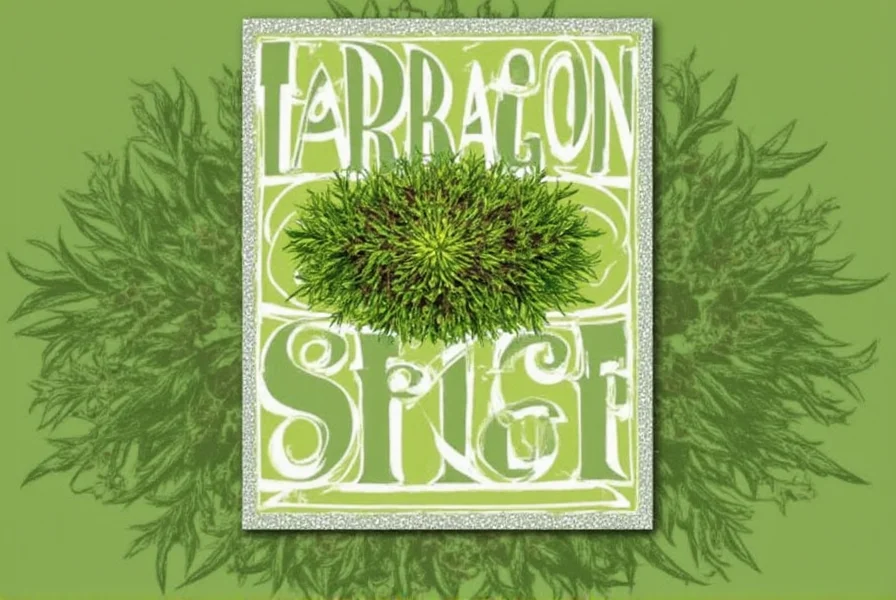
Another tip is to experiment with tarragon in different recipes. Don't be afraid to try it in unexpected places—like in a potato salad or as a seasoning for roasted vegetables. Its versatility is one of its greatest strengths.
Buying Guide for Tarragon Leaves
If you're looking to buy tarragon leaves, there are several options available depending on your needs and preferences. Here's a breakdown of the most common choices:
1. Fresh Tarragon
Features: Fresh tarragon leaves are bright green, plump, and have a strong aroma. They are ideal for use in recipes that call for a fresh, aromatic touch.
Advantages: Offers the best flavor and aroma. Can be used directly in dishes without needing to rehydrate.
Use Cases: Best for garnishing, salads, and dishes where the herb is added at the end of cooking.
Target Audience: Home cooks who value freshness and flavor. Ideal for chefs and food enthusiasts who want to elevate their cooking.
Suitable Occasions: Everyday meals, special occasions, and gourmet cooking.
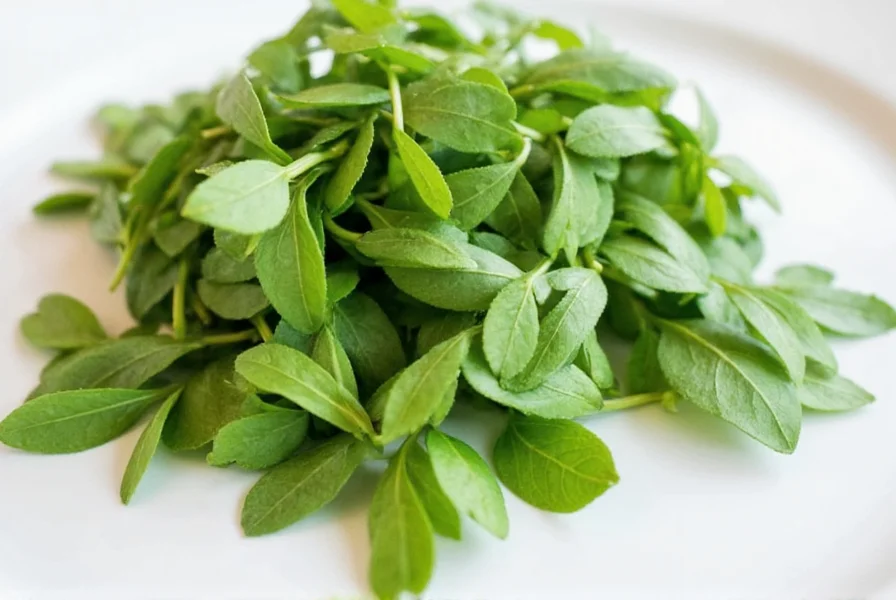
2. Dried Tarragon
Features: Dried tarragon is lighter in color and has a more concentrated flavor. It's commonly found in spice racks and grocery stores.
Advantages: Longer shelf life and easy to store. Great for recipes that require longer cooking times.
Use Cases: Suitable for soups, stews, and slow-cooked dishes where the herb can infuse the flavors over time.
Target Audience: Busy individuals or those who prefer convenience. Also good for bulk cooking or meal prepping.
Suitable Occasions: Weeknight dinners, family meals, and large gatherings.
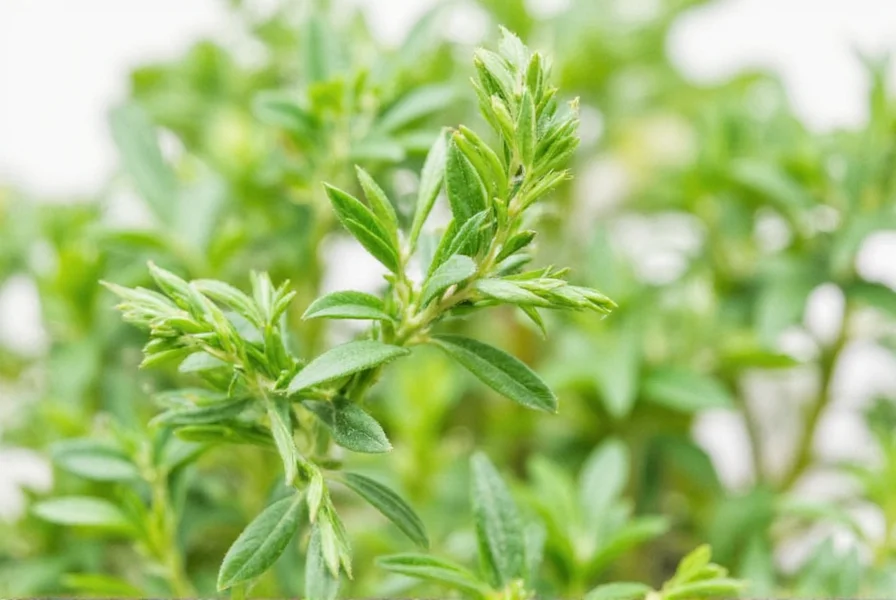
3. Tarragon Essential Oil
Features: Tarragon essential oil is highly concentrated and has a very potent aroma. It's typically used for aromatherapy or in small amounts in recipes.
Advantages: Versatile for both culinary and non-culinary uses. Can be used in homemade cleaning products or as a natural air freshener.
Use Cases: For infusing oils, making tarragon-based teas, or as a fragrance booster in candles and lotions.
Target Audience: Aromatherapy enthusiasts, DIY lovers, and those interested in alternative wellness practices.
Suitable Occasions: Relaxation routines, home improvement projects, and personal care rituals.
4. Tarragon Seeds
Features: Tarragon seeds are small, black, and resemble poppy seeds. They are used less frequently than the leaves but can still be used in certain recipes.
Advantages: Long shelf life and can be used to grow your own tarragon plants.
Use Cases: For planting in gardens or using in baked goods for a subtle herbal note.
Target Audience: Gardeners, homesteaders, and those interested in growing their own herbs.
Suitable Occasions: Spring planting, seasonal cooking, and garden-related activities.
When purchasing tarragon, always check the label to ensure it's French tarragon, not Russian. Russian tarragon is less flavorful and more bitter, making it unsuitable for most culinary uses.
Additionally, consider the source of your tarragon. Organic varieties are often preferred for their purity and lack of chemical residues. Look for locally grown or sustainably sourced options if possible.
Frequently Asked Questions
What are the 5 essential uses for tarragon in cooking?
The five essential uses for tarragon include: 1) Adding fresh flavor to salads and vinaigrettes, 2) Enhancing creamy sauces like béarnaise, 3) Complementing poultry and seafood dishes, 4) Elevating egg dishes like omelets and frittatas, and 5) Infusing beverages like cocktails and teas.
How much tarragon should I use in my recipes?
Tarragon should be used sparingly as a little goes a long way. For most dishes, start with 1-2 teaspoons of fresh chopped tarragon per serving. Remember that dried tarragon is more concentrated, so use about one-third the amount of dried tarragon compared to fresh. Always taste as you go, as overusing tarragon can result in an overpowering medicinal flavor.
What's the difference between French and Russian tarragon?
French tarragon has a more delicate, sweet flavor with pronounced anise notes, making it superior for culinary uses. Russian tarragon is more bitter with a weaker flavor profile and is often used ornamentally. French tarragon also doesn't produce viable seeds and is propagated through cuttings, while Russian tarragon produces seeds. When purchasing, always check for French tarragon for cooking purposes.
Can I substitute tarragon with another herb?
While no herb perfectly replicates tarragon's unique anise-like flavor, acceptable substitutes include a combination of basil and fennel fronds, or a small amount of dill with a pinch of anise seed. For dishes where tarragon is a starring ingredient (like béarnaise sauce), substitutes won't provide the same authentic flavor. If you're out of tarragon, it's often better to omit it rather than use an inadequate substitute.
How should I store fresh tarragon to keep it fresh longer?
The best way to store fresh tarragon is to treat it like fresh flowers. Trim the ends, place in a glass with about an inch of water, cover loosely with a plastic bag, and refrigerate. Change the water every couple of days. Alternatively, wrap the sprigs in a slightly damp paper towel and store in a sealed container in the refrigerator. Properly stored, fresh tarragon should last 1-2 weeks.
When should I add tarragon during the cooking process?
Tarragon is delicate and loses its flavor quickly with prolonged heat. For best results, add fresh tarragon toward the end of cooking - typically in the last 5-10 minutes for hot dishes. For cold dishes like salads or vinaigrettes, add it just before serving. If using dried tarragon, which is more heat-stable, you can add it earlier in the cooking process to allow time for rehydration and flavor release.
Conclusion
Tarragon leaves are a remarkable herb that brings a unique blend of flavor and fragrance to any dish. From its subtle anise notes to its ability to elevate simple ingredients, it's no wonder it's a staple in many kitchens around the world. Whether you're using fresh leaves, dried tarragon, or even tarragon essential oil, this herb offers endless possibilities for creativity in the kitchen.
By understanding its flavor profile, learning how to use it effectively, and knowing where to buy the best quality, you can unlock the full potential of tarragon. So next time you're in the market for a new herb, don't overlook tarragon—it might just become your new favorite.
Remember, a little tarragon can go a long way. Start small, experiment with different recipes, and enjoy the elegant, aromatic touch it brings to your cooking.










 浙公网安备
33010002000092号
浙公网安备
33010002000092号 浙B2-20120091-4
浙B2-20120091-4